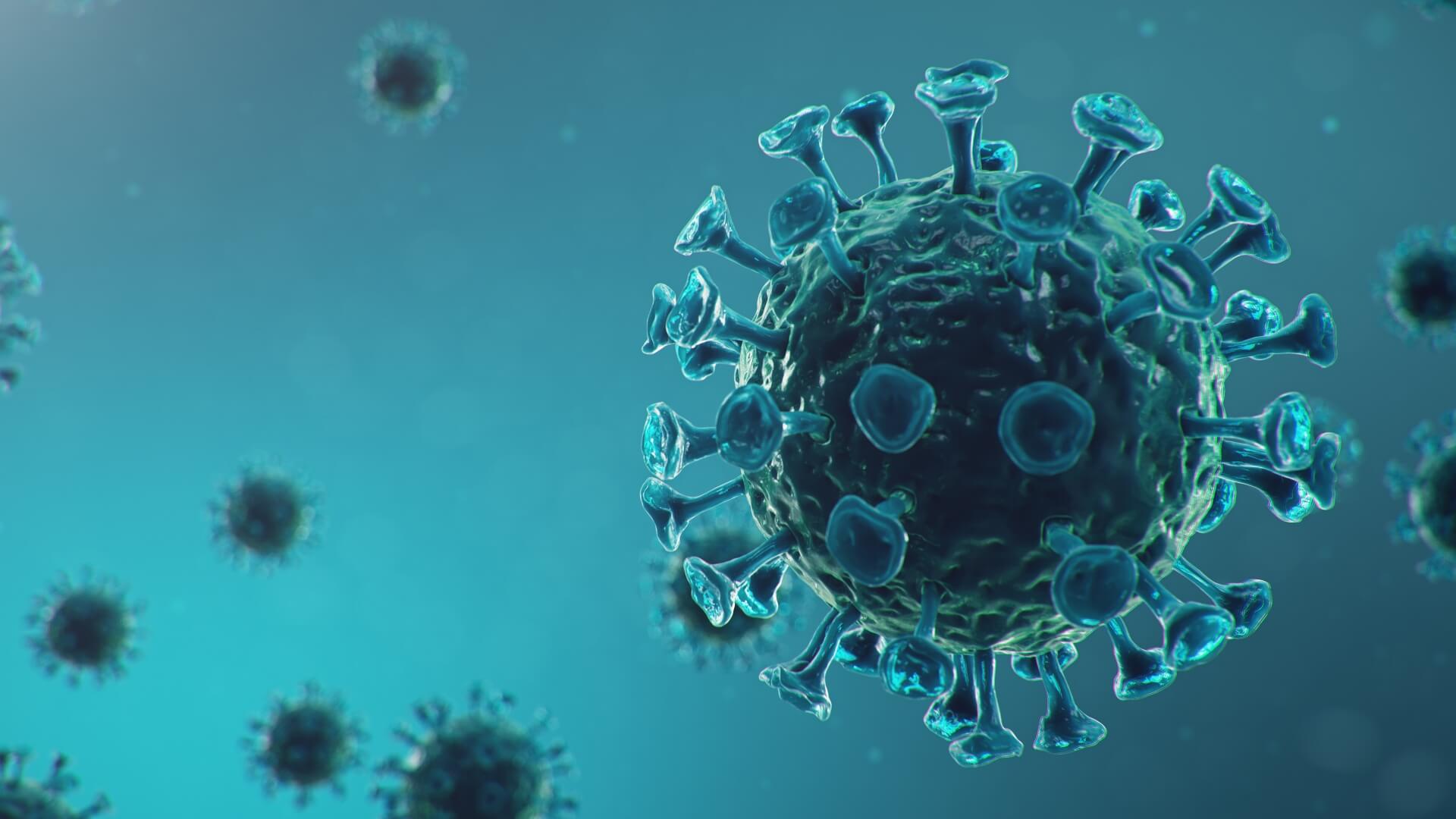During the pandemic, Australia adopted one of the most stringent measures across the globe, while its efforts to educate and immunise the population has led to some 84.6% of Aussies being fully vaccinated.
Interestingly, some 87.2% of the total Australian population has at least had their first jab but no subsequent boosters, although those categorised as being at risk (including the elderly) are continuing to receive regular Covid jabs.
In this post, we’ll look at the history of the Covid-19 vaccine development from a global perspective, while asking which corporations are benefitting the most from this.
The Covid-19 Jab – A History
Given that SARS-CoV-2, the virus that causes COVID-19 was first identified in December 2019, it’s a monumental achievement that a formal vaccine had been established by December 11th the following year.
To this end, the first coronavirus case in Australia was formally identified on January 25th, 2020, long before the pandemic reached Europe and the US (this is thanks largely to the close cultural and economic links between Australia and China).
It was the Pfizer vaccine that received the first emergency use authorisation overseas in the US, while the TGA in Australia was quick to grant similar approval to this vaccine shortly afterwards.
Of course, the feat of developing and approving this type of medicine in barely a year was unheralded in medical history, with only the mumps vaccine even comparable in terms of urgency and speed of delivery (this was developed and rolled out in less than four years overall).
Of course, this was a collaborative effort that combined private healthcare and global corporations with immense public funding in countries like Australia, with continued investment enabling the vaccine to clear various testing and clinical stages quickly before being approved for emergency use.
Which Corporations Have Benefitted the Most from This?
As you can imagine, Pfizer were among the biggest beneficiaries of the relentless and accelerated vaccine rollouts in Australia, the US and Europe, generating some $37 billion (£27 billion) is sales through its patented vaccine.
Further evidence have suggested that firms like Pfizer and BioNtech made approximately $1000 per second during vaccine rollout, leading to some accusing these brands of corporate greed at a time when developing economies struggled to get their hands on vaccine doses.
In the case of Pfizer, for example, the brand’s global revenues doubled in 2021 to $81.3 billion, while further hikes to $102 billion are expected before the end of 2022.
For all the claims of pandemic profiteering and disaster capitalism, of course, this has enabled CFD trading enthusiast to profit from healthcare stocks, and this trend shows no sign of abating anytime soon.
Are the New Boosters Superior?
While there’s no formal data pertaining to the new vaccines rolled out globally in August this year, an initial study commissioned by Moderna offers some genuine promise.
Certainly, this proved the growing efficacy of the vaccine shot against Omicron BA and associated strains, with subjects showing higher levels of virus-fighting antibodies on average.
At the same time, these antibodies were also able to better bind and neutralise the majority of known Covid-19 variants, ensuring that the people can receive better protection against the coronavirus and potentially new variations in the near-term.
What’s more, the world’s healthcare brands will most likely continue to see improved profitability in the months and years ahead too, with nations like Australia continuing to invest heavily in the development and rollout of vaccine technology.




















